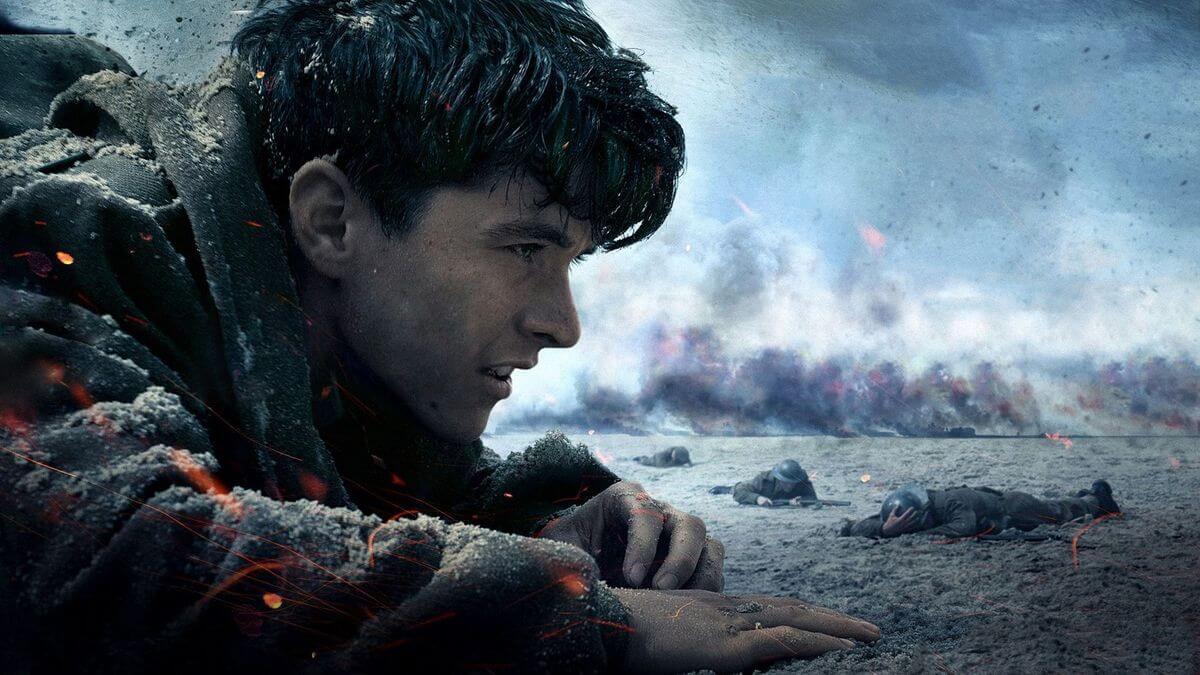In the landscape of cinematic portrayals of warfare, Christopher Nolan‘s “Dunkirk” stands as a transformative piece that redefines the genre’s narrative and aesthetic conventions. Released in 2017, the film diverges from traditional war epics by focusing on the visceral experience of survival rather than the broader strategic and political dimensions of conflict. Through its innovative use of time, sound, and perspective, “Dunkirk” offers a fresh lens on the harrowing events of the Dunkirk evacuation during World War II, compelling audiences to engage with the emotional and sensory realities of war. This article delves into the unique elements that distinguish “Dunkirk” from its predecessors, exploring how its groundbreaking approach not only reinvigorates the war film genre but also provides a profound commentary on the nature of human resilience amidst chaos.
Historical Accuracy and Its Impact on Audience Perception
In the realm of war films, historical accuracy often plays a pivotal role in shaping audience perception. Christopher Nolan’s “Dunkirk” exemplifies how meticulous attention to detail can transform a historical narrative into an immersive cinematic experience. By focusing on the evacuation of Dunkirk, Nolan not only resurrects a crucial World War II event but also emphasizes the resilience and tenacity of the human spirit. The film’s dedication to accuracy in depicting the events of 1940—through its authentic portrayal of military equipment, uniforms, and strategic operations—resonates deeply with audiences, fostering a sense of realism and credibility. This commitment to authenticity not only educates viewers about the historical event but also elicits an emotional response, bridging the gap between past and present.
Several elements contribute to this effect, including:
- Use of practical effects: Minimizing CGI to ensure a tangible, visceral experience.
- Chronological storytelling: Employing a non-linear narrative that mirrors the chaos and urgency of war.
- Authentic sound design: Incorporating real wartime sounds to heighten tension and immersion.
By intertwining these components, “Dunkirk” underscores the importance of historical fidelity in filmmaking, demonstrating how it can profoundly influence an audience’s understanding and emotional engagement with history. This approach not only honors the real-life experiences of those involved but also sets a benchmark for future war films seeking to balance storytelling with factual integrity.

Innovative Cinematic Techniques in Dunkirk
Christopher Nolan’s Dunkirk redefined war films through its groundbreaking cinematic techniques, offering a fresh and immersive experience. One of the most notable techniques was the use of non-linear storytelling, dividing the narrative into three distinct timelines: land, sea, and air. Each of these timelines unfolds over different durations, yet they converge seamlessly, creating a sense of urgency and tension. This narrative structure not only reflects the chaos of war but also keeps viewers on the edge of their seats, piecing together the story like a puzzle.
Another innovative approach was the emphasis on practical effects and minimal dialogue. Nolan prioritized authenticity by using real locations and practical effects over CGI, which provided a visceral and tangible experience. The film’s sparse dialogue further heightened the realism, allowing the visual storytelling and Hans Zimmer’s haunting score to convey the emotional weight. Key techniques included:
- IMAX cinematography for expansive, immersive visuals.
- Natural lighting to enhance realism and atmosphere.
- Minimal CGI to maintain authenticity and rawness.
- Intense sound design to simulate the chaos of battle.
These techniques combined to craft a gripping narrative that captures the harrowing experiences of soldiers and civilians alike, setting a new benchmark for war films.

Character Development and Its Role in Storytelling
In the realm of war films, where stories often hinge on grandiose battles and heroic figures, “Dunkirk” introduced a novel approach to character development that diverges from the traditional narrative arc. Director Christopher Nolan’s decision to focus on the collective experience rather than individual heroics allows the audience to engage with the story on a more visceral level. The film eschews the conventional deep-dive into character backstories, instead presenting characters as everymen caught in extraordinary circumstances. This choice emphasizes the shared humanity and communal struggle faced by soldiers, which is a departure from the archetypal war film hero’s journey.
- Minimal Dialogue: The sparse dialogue places the onus on visual storytelling and non-verbal cues, creating a more immersive experience.
- Interwoven Timelines: The non-linear narrative forces viewers to piece together character arcs, enhancing engagement and emotional impact.
- Anonymous Protagonists: By keeping characters’ backgrounds vague, the film underscores the anonymity and randomness of war.
This approach to character development serves as a narrative tool that heightens tension and empathy, inviting viewers to project their own emotions and experiences onto the characters. By stripping away the traditional character-driven plot devices, “Dunkirk” transforms the individual soldier’s plight into a universal story of survival and perseverance, providing a fresh perspective on the war film genre.

Recommendations for Future War Film Productions
To continue innovating in the genre, future war film productions should consider the following recommendations inspired by the cinematic achievements of “Dunkirk”:
- Non-linear storytelling: Adopt a fragmented narrative structure to engage audiences in a more profound exploration of the chaos and complexity inherent in wartime experiences. This approach allows for multiple perspectives and can effectively build suspense and emotional depth.
- Immersive sound design: Prioritize sound as a crucial narrative tool. Employ diegetic sounds and an intense, immersive soundscape to place the viewer in the heart of the action, enhancing the tension and authenticity of the film.
- Character-driven minimalism: Embrace minimal dialogue and let actions speak louder than words. Focus on visual storytelling and nuanced performances to convey the internal struggles and resilience of individuals in war.
- Practical effects and realism: Utilize practical effects and real locations over CGI to maintain a sense of authenticity and tangibility. This can help ground the film in reality, making the experience more relatable and impactful for the audience.
By incorporating these elements, filmmakers can craft war films that not only entertain but also provoke thought and discussion, much like “Dunkirk” has managed to do.
